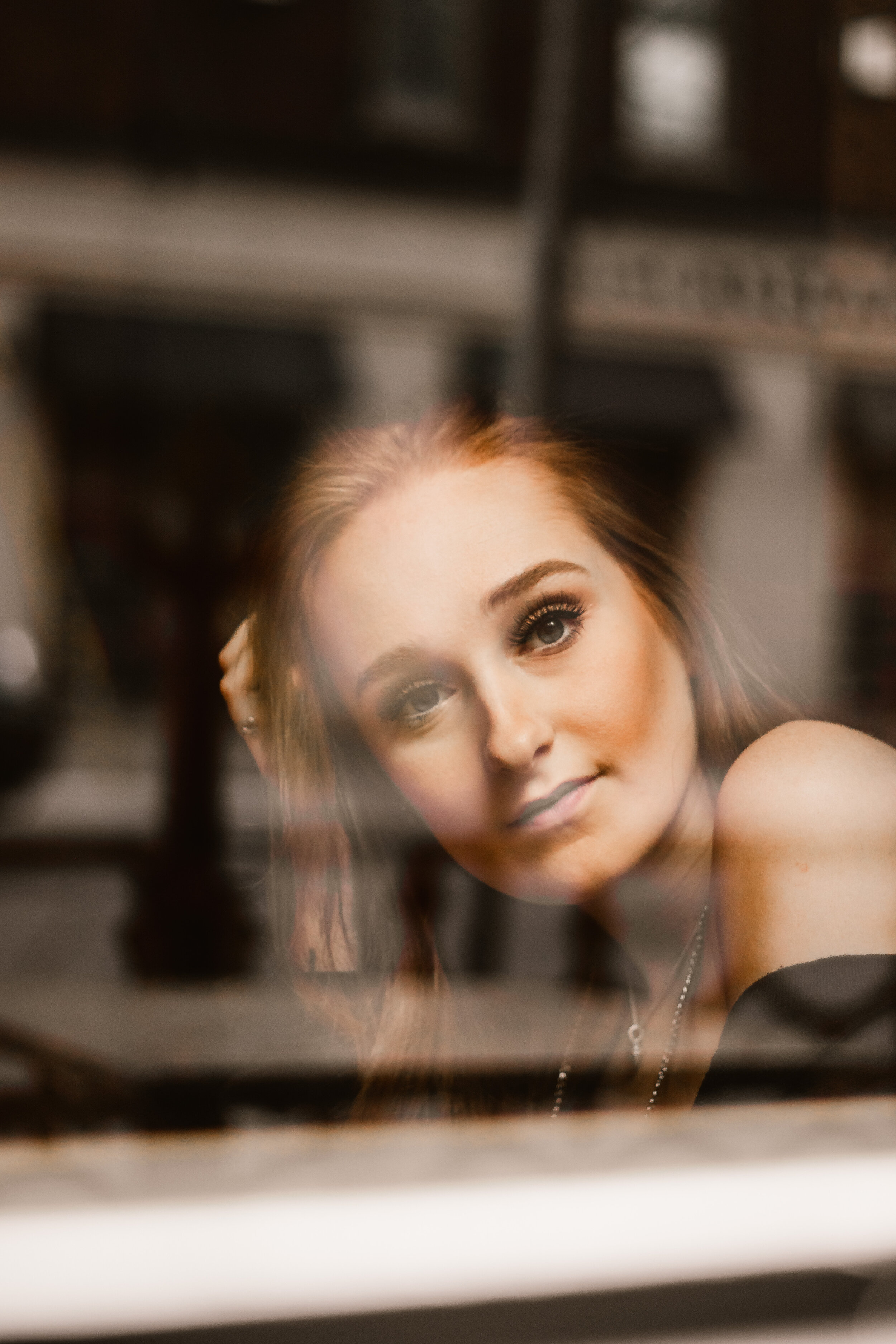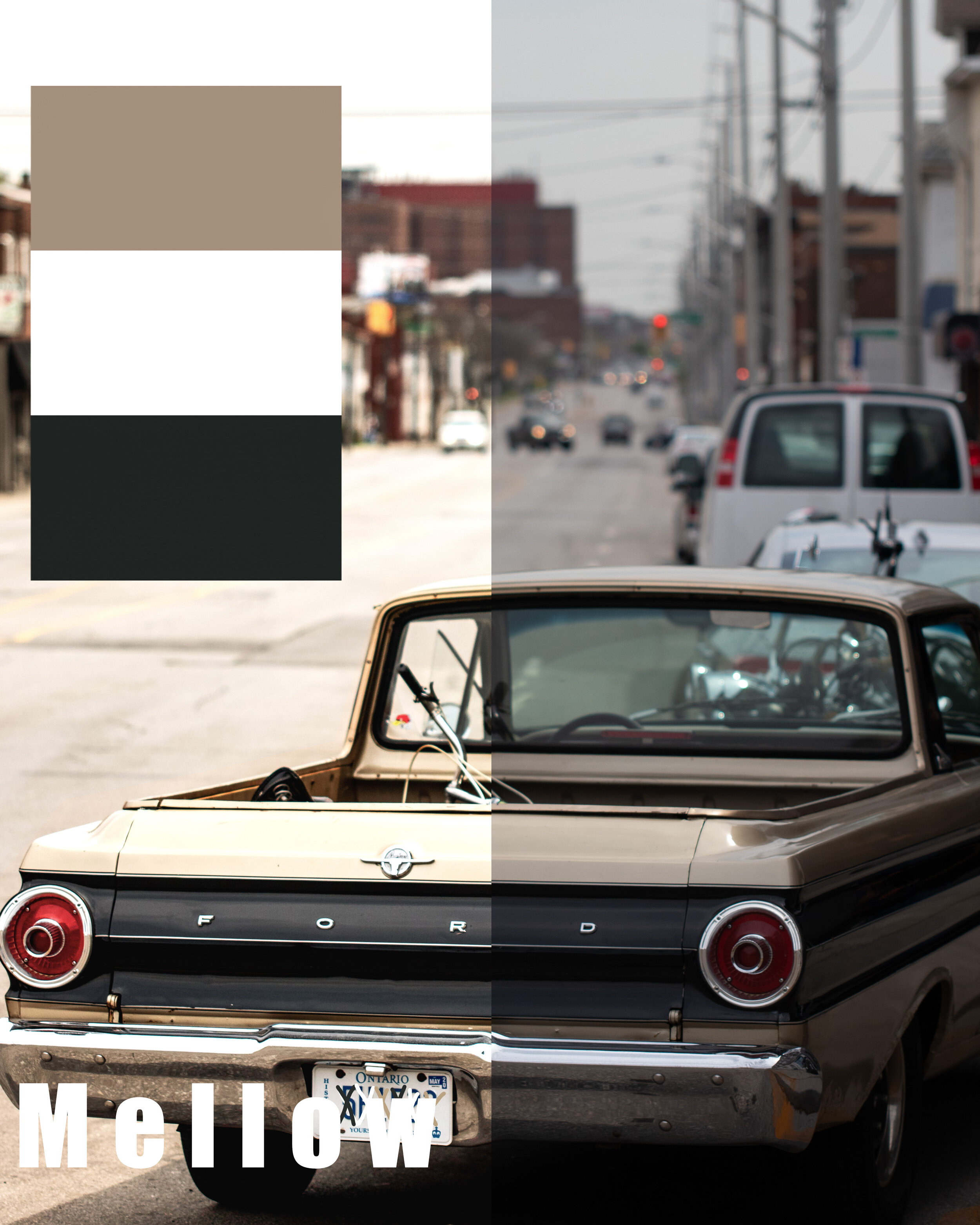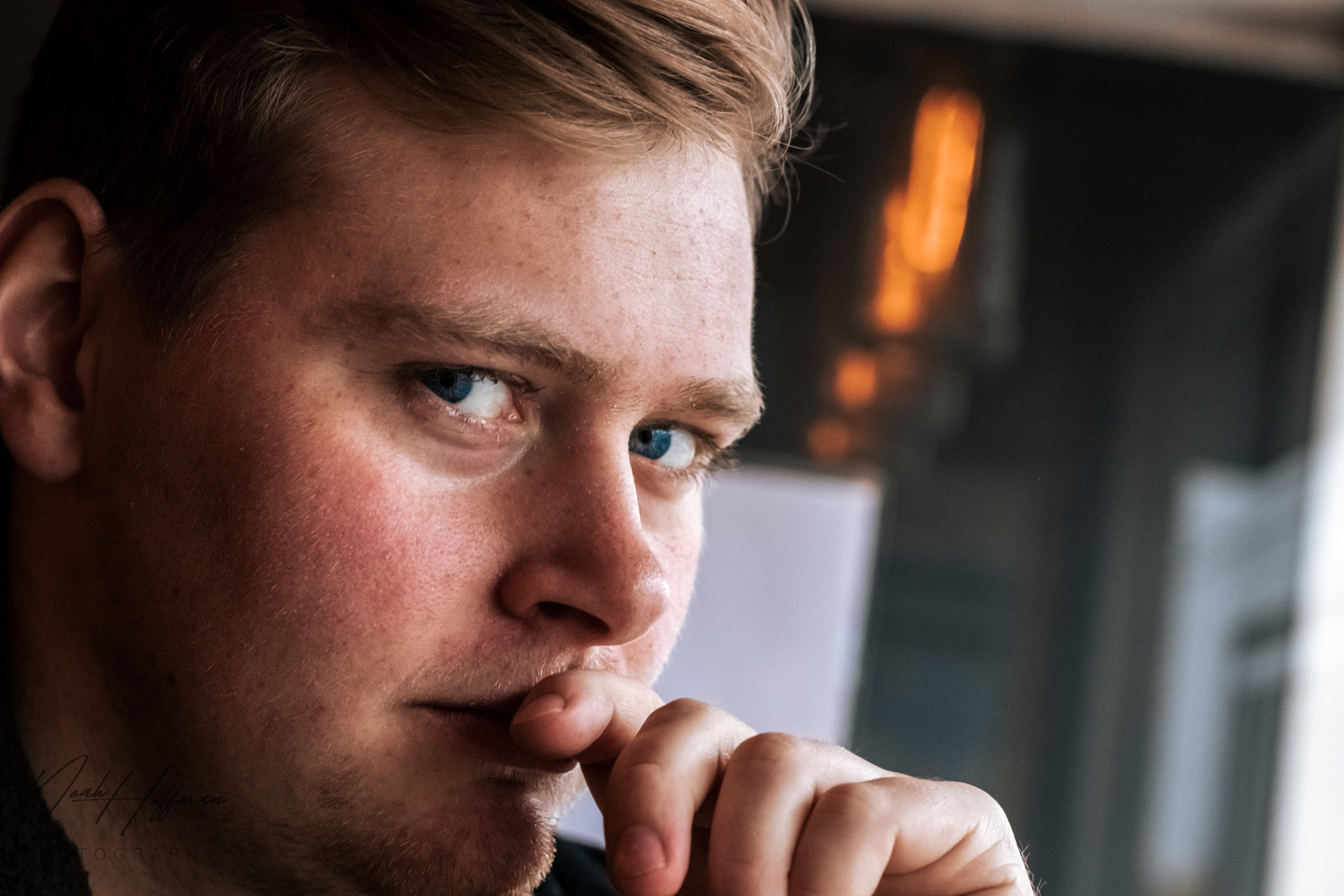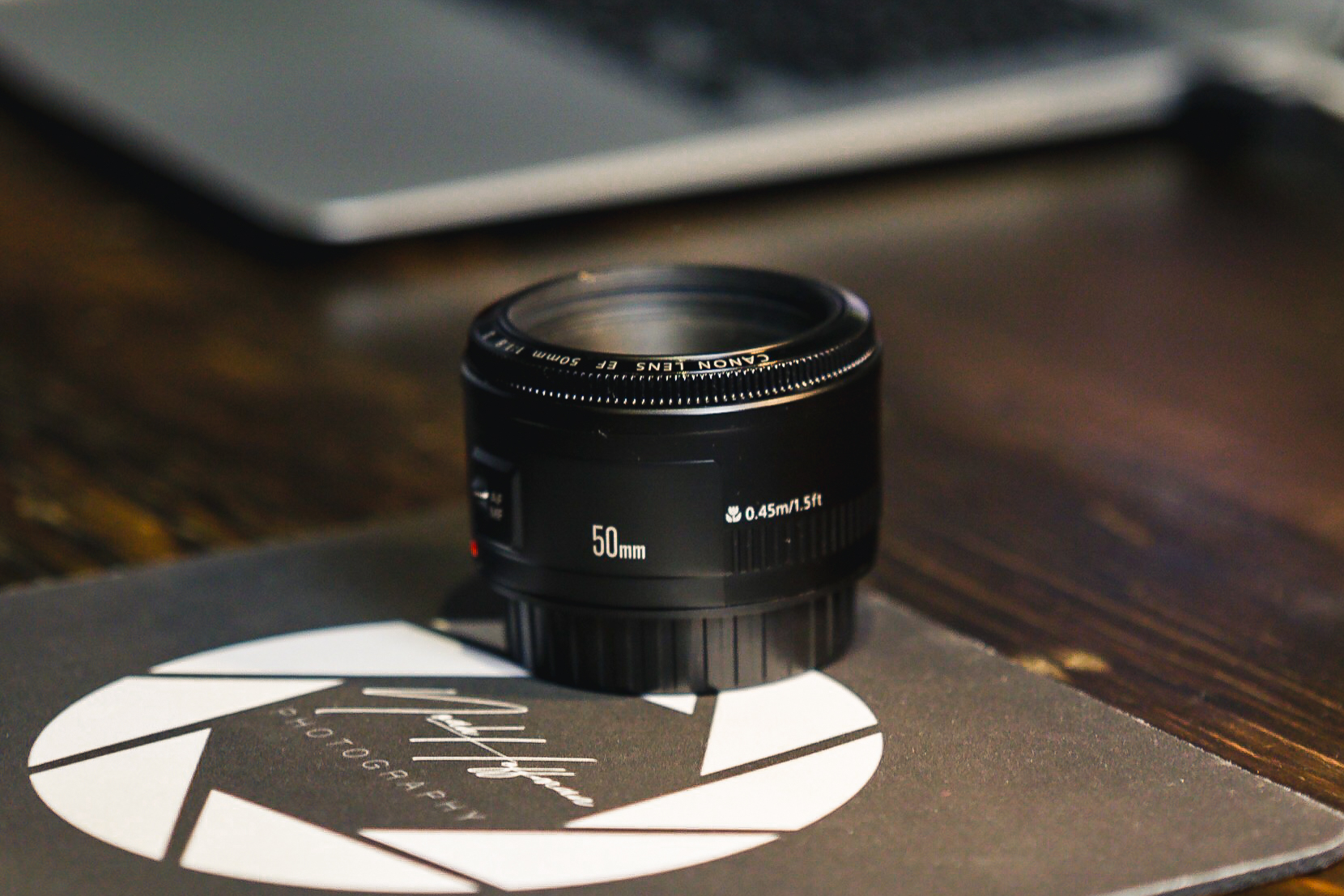To Preset or Not to Preset? 5 Pros and Cons
One of the most controversial topics in photography is editing, and using presets to edit your photos. Hopefully this article will give you a little insight into whether Lightroom Presets are right for you or not.
Firstly, we need to talk about what Lightroom Presets or presets in general are. A preset is a pre determined filter with a certain aesthetic or colour profile which can be applied to a photo to change the overall theme/look.
So, let’s find out, should you be using Lightroom Presets to edit your photos?
Pros
1) Saves time
Using a Lightroom preset can mean that you can finish editing a photo with the click of a button. Presets are downloaded right into your Lightroom application and rather than editing each and every photo from beginning to end, you can apply a preset to every photo in a collection and spend less time editing and more time taking pictures.
2) Explore new styles
With presets, you are exposed to many different styles of editing and colour themes. This allows you to expand your creativity and open your eyes to new aesthetics and ways of editing that you may not have seen before.
3) Consistency in your edits
When you use presets, often there is one or two presets that grabs your attention and you gravitate towards when editing photos. When creating a portfolio or posting on social media, it is always good to keep a consistent style of shooting and especially editing. That way your portfolio has one cohesive look and shows potential clients exactly what they can expect from your work without any uncertainty. With presets, you can edit every photo with the same preset to maintain a similar look/styler throughout your work.
4) Learning how to edit
Presets are just a group of adjustments that have been made and applied to a photo. After applying a preset, you can go through and see what adjustments were made to the photo to achieve that look. This helps you learn what each adjustment does and how to achieve a certain style on your own without using presets.
5) Creating your own presets
You can also create your own presets within Lightroom. If you are editing all of your photos similarly, you can create a preset with the adjustments you make to your photos and save that preset. This way, you have your own custom preset that you can apply to your photos to save you time in editing and also to create a consistent style.
Cons
1) Lack of control
Presets often have so many adjustments that give an edit a certain look that it can be hard to change the edit and tweak it to how you like it.
2) Presets font work for every photo
Not all presets favour every photo. Some presets are created to drastically change a photo. If you were to try and put this preset on a photo that wouldn’t work well with the adjustments, the edit won’t turn out too good. That being said, with some tweaks and adjustments, you can probably save the edit and make the preset work.
3) Presets are a quick solution
Presets are a great option if you really don’t care about learning how to edit and just want to achieve a certain style of editing quickly. If you really want to learn, the best idea is to really study Lightroom and learn how to edit through trial and error.
If this post helped you in any way please consider liking or sharing it with other creators and photographers!
If you would like to purchase my preset pack, you can do so by visiting my preset page
The Glorious Nifty Fifty - Canon 50mm f1.8
Welcome to the Noah Hoffman Photography Blog. in my first post I would like to talk about the essential mother lens… the Nifty Fifty. For those of you who don’t know what the Nifty Fifty is, this lens is the Canon 50mm f1/8. This lens is a must have in anyones fleet of camera gear and in this article, I will go over the main reason why this is an essential lens to incorporate into your camera bag and use on a day to day basis, I will also go over the performance of this lens, and I will also give a brief overview of the lens and uses for it.
Number One Reason to Purchase this Lens
There are many reasons why this lens is a must have in your arsenal of gear. First off, I want to mention the price… $110 CAD!! The lens that I own is the Mark I. Since this first version of this lens has come out, they have released a second model with upgraded body and build structure including a metal lens mount as opposed to the plastic mount and upgraded the AF capabilities. I will also mention that both the Mark I and II have EF mounts making this lens compatible with crop sensor and full frame cameras. This newer model does come at a larger price of $189 CAD but is still very affordable for the wonders that this lens can do. This price is outstanding considering any other lens with such a low aperture runs upwards of $700 CAD. In summary, I purchased this f1.8 lens off of Kijiji for a total of $80 CAD. Pricing for a lens with an aperture rating like that does not get any better.
Performance
I have owned this lens for a total of 5 years now and have had no issues with it since purchasing it. The only issue I have run into is the autofocus and the lens hunting to find a spot to focus on. However, the individual I had bought it from had mentioned autofocus issues had developed when he was using it so since I have owned the lens, no new issues have arisen. As this is part of Canon’s lowest line of lenses, the image produce from the lens isn’t tack sharp, however, the lack of sharpness is made up for with the amount of bokeh this lens provides. In a sense, because of how shallow the depth of field is with shots using this lens, you get an illusion that the portion of the image in focus is sharper than the lens actually makes it out to be. That being said, it is always better to have a truly sharp image than one that is sharp by illusion, but at this price point, no one can complain about this lens. Also, most lenses offering better low light performance at a low aperture run at least $700 CAD. This $110 lens provides you the ability to drop that aperture in any dark situation to allow for shooting in very low light. This alone has saved me in instances where I needed a lower aperture than a better quality 24-105 f4 L offered me.
General Overview
Overall, this lens has been a beast for me in the past few years. Performance wise, it obviously won’t compete with Canon’s 50mm f1.2 L series lens, but for anyone who would rather not drop $2,100 CAD on a lens and still use an affordable lens with their full frame or crop sensor bodies, this lens is a great option. This lens is very versatile for the professional or student photographer and a great prime lens for learning beginners to force thought when composing and framing images properly. If I could recommend one lens to anyone starting out in photography or someone trying to build their arsenal of gear, this Canon 50mm f1.8 lens is a must have and is recommended by hobbyists, amateurs and professionals everywhere.



